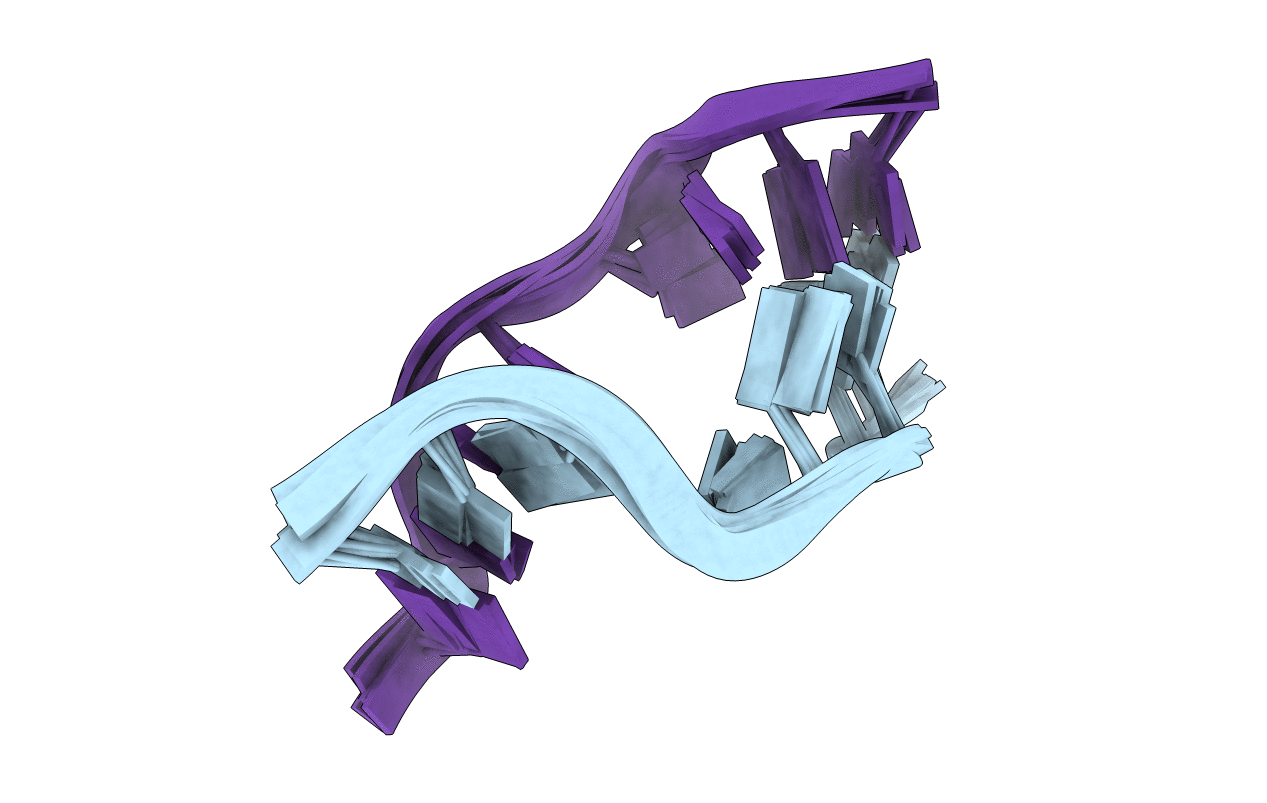
Deposition Date
2015-11-07
Release Date
2016-06-01
Last Version Date
2024-05-15
Entry Detail
PDB ID:
2N96
Keywords:
Title:
An unexpected mode of small molecule DNA binding provides the structural basis for DNA cleavage by the potent antiproliferative agent (-)-lomaiviticin A
Biological Source:
Source Organism:
synthetic construct (Taxon ID: 32630)
Method Details:
Experimental Method:
Conformers Calculated:
1000
Conformers Submitted:
6
Selection Criteria:
structures with the least restraint violations


